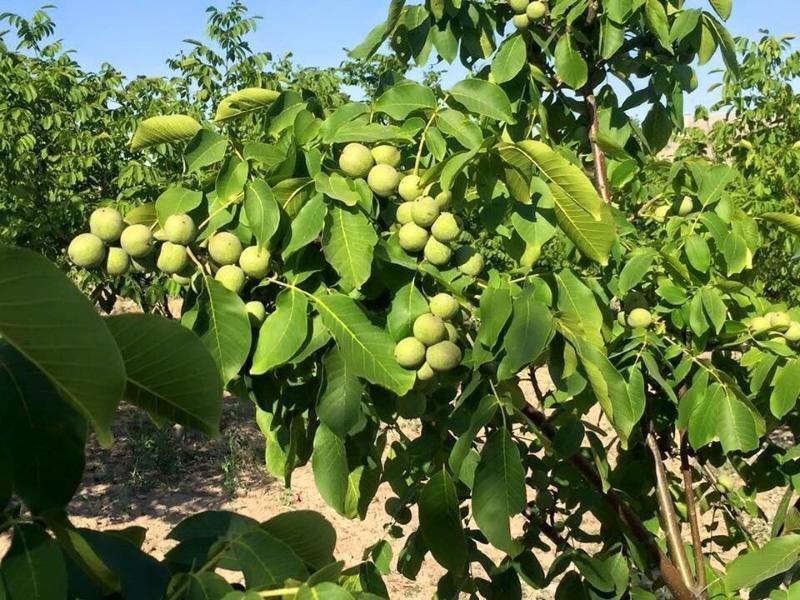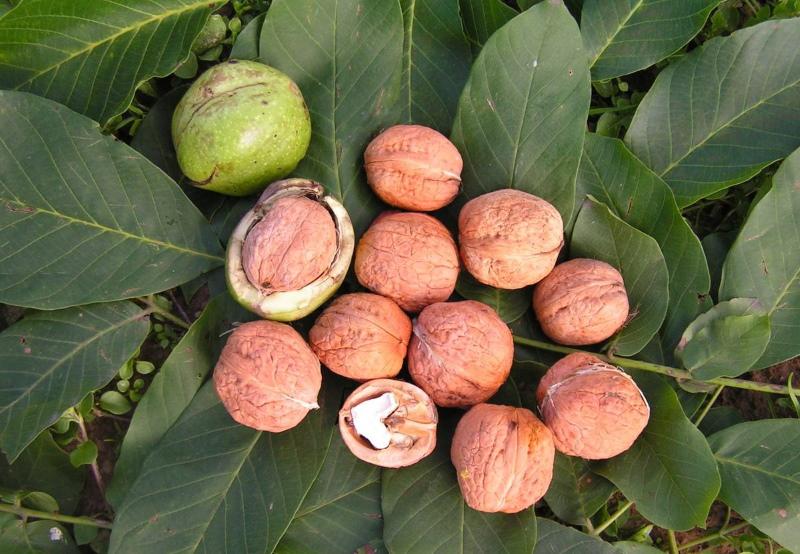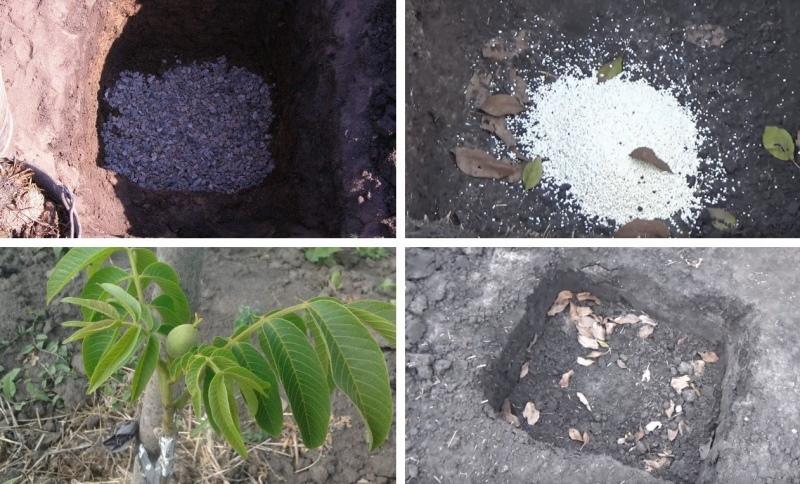Walnut in Belarus - cultivation and popular types
 The climate of Belarus is by no means southern: winters here are quite cold and prolonged, and summer ends quickly. But this does not stop local gardeners who successfully plant and harvest from all crops, including nuts. Walnuts in Belarus, the cultivation of which has not yet been particularly put on an industrial level, even has its own selection. Local varieties are happily planted in private plots. They are characterized by increased winter hardiness, while they have a thin shell. You can propagate Belarusian nuts yourself by planting fruits.
The climate of Belarus is by no means southern: winters here are quite cold and prolonged, and summer ends quickly. But this does not stop local gardeners who successfully plant and harvest from all crops, including nuts. Walnuts in Belarus, the cultivation of which has not yet been particularly put on an industrial level, even has its own selection. Local varieties are happily planted in private plots. They are characterized by increased winter hardiness, while they have a thin shell. You can propagate Belarusian nuts yourself by planting fruits.
What nuts grow

Large-fruited and early-fruiting forms are less common, but more and more of them are planted every year. In the first, the fruits are large, and the nuts of the second type give a harvest already at the 4th year of life. Therefore, their popularity is only growing.
Belarusian breeders themselves do not bypass the work with this crop. And outside the country, their offspring have already become known - such varieties of nuts:
- Memory of Minov;
- Pinsky;
- Samokhvalovichsky 1 and 2.
These varieties have increased frost resistance and resistance to brown spot. Fruiting occurs from 5-8 years, but the shell is thin and the kernel is easily removed.
Walnut in Belarus - growing and planting seedlings
 Saplings it is better to plant in open ground in Belarus in spring, so that they have time to get stronger before winter. The landing site should be well lit. Nuts have the ability to adapt to almost any soil, but this only applies to adult specimens. Young trees need to provide nutritious soil for the first years.
Saplings it is better to plant in open ground in Belarus in spring, so that they have time to get stronger before winter. The landing site should be well lit. Nuts have the ability to adapt to almost any soil, but this only applies to adult specimens. Young trees need to provide nutritious soil for the first years.
It is recommended to prepare a planting pit with a minimum size of 60x60 cm in autumn, filling it with an equal amount:
- humus;
- fertile land
- peat.
Having mixed these components, superphosphate, calcium chloride, ash and dolomite flour are additionally added. Such a nutritious soil mixture is enough for nuts for 5 years while they grow the root system. And the specified planting depth will protect the roots from drying out in summer and freezing in winter.